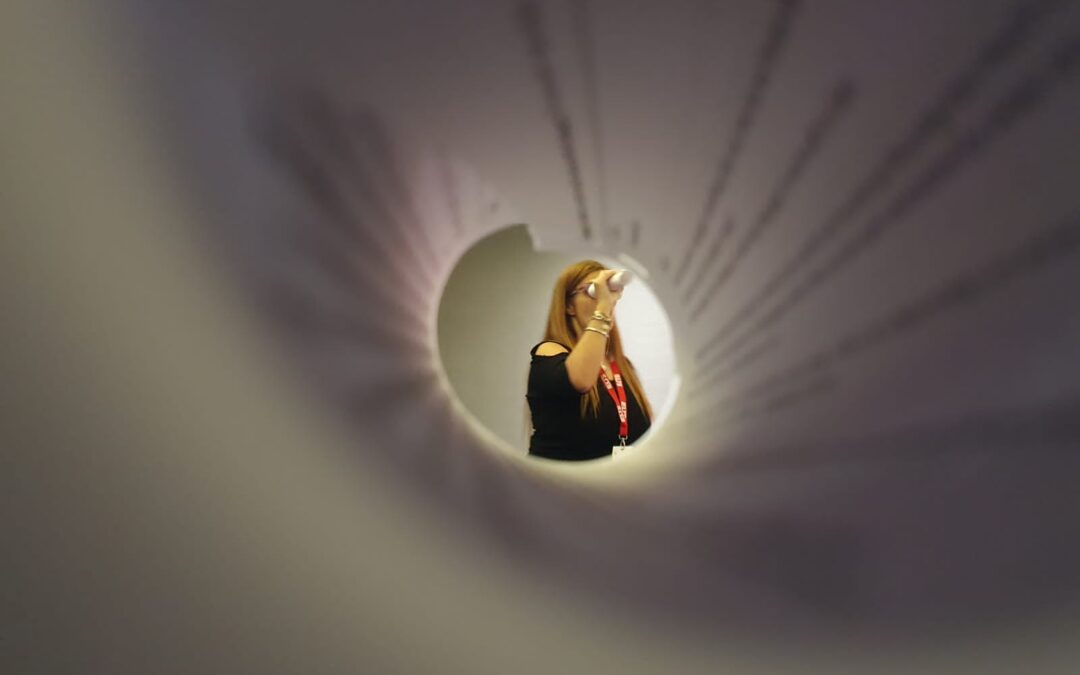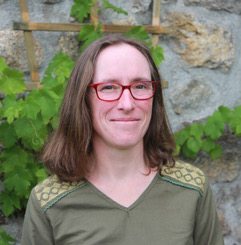IATEFL Annual Conference, Harrogate20th April, 2023
As the out-going editor of IATEFL YLTSIG’s publication TEYLT Worldwide, I was delighted to have a role in the hugely successful YLTSIG Showcase day at the 2023 IATEFL Conference in Harrogate. Among the wide range of appealing sessions on offer was Romina Muse’s Exploring the language of film to teach YLs visual literacy. Romina has now assumed a key role in IATEFL YLTSIG publications, so I’m delighted to be able to review her inspirational workshop.
In her workshop, Romina gave the audience popcorn, as well as a fresh, innovative perspective on using film as a pedagogical resource in the young learner context, primarily with upper primary and secondary learners. The focus of her workshop took us beyond the realm of usual suspects when we think of using film in YLT classrooms, such as the use of extracts to stimulate discussion, character reviews, or any number of pre-, while or post-watching analytical or creative activities. While such activities are certainly not unsuited to the young learner language classroom, instead, we were welcomed into the wider world of visual literacy and asked to participate in a number of awareness-raising activities. These led us to a deeper understanding of film as a genre and introduced some of the features of film-making on which we can capitalise to support visual literacy in our classrooms. Romina noted that film is an under-used resource for supporting literacy skills, and her practical session certainly raised our awareness of how this might be achieved in the classroom. We took away a number of film-based activities tailored to meet the needs of a generation of learners developing their visual literacy skills.
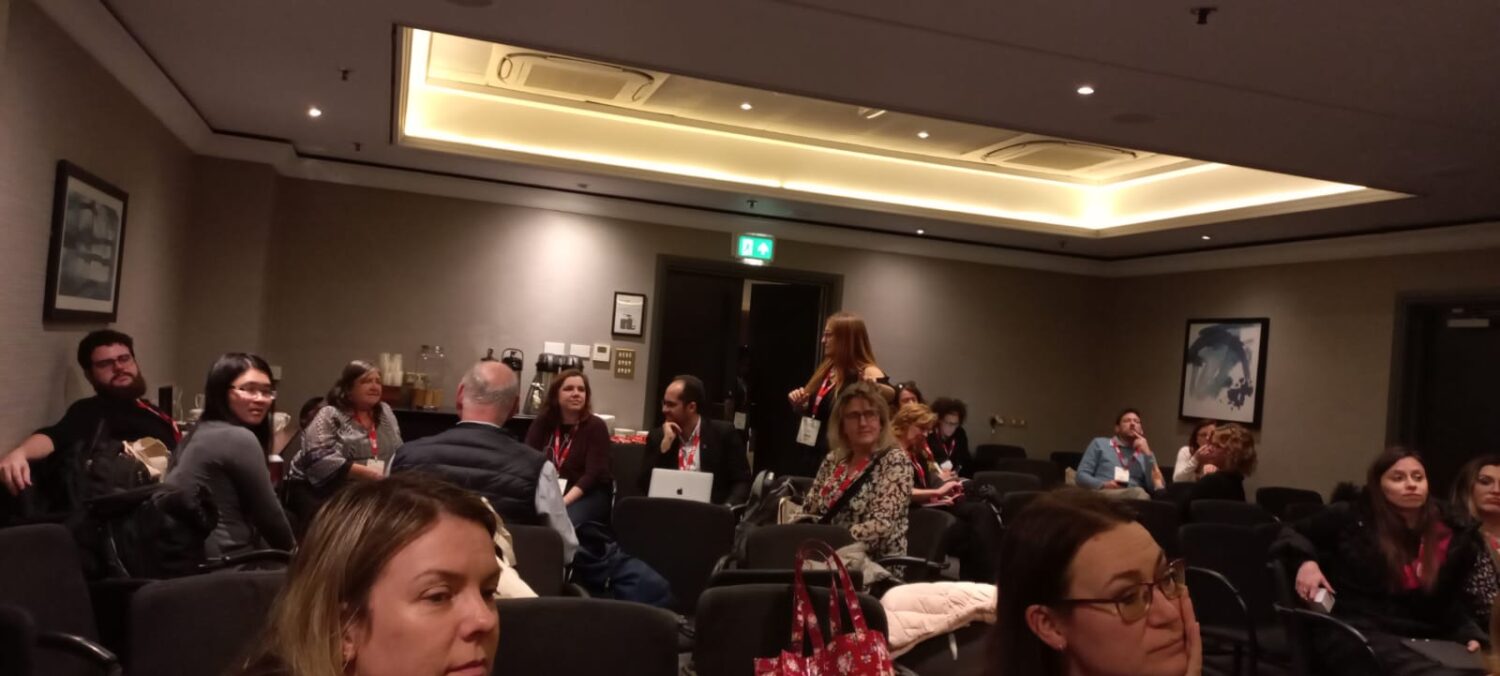
The workshop opened with a reminder that the term literacy refers not only to reading and writing skills, but also to the cognitive skills of interpretation and interrogation of meaning, whether from written text or image, transmitted, in today’s world, through both digital and non-digital media. Indeed, the Cambridge Papers in ELT series notes that ‘All texts, regardless of the media through which they are delivered, are social artefacts that appear in particular contexts and practices, and thus need to be interpreted critically and creatively. Being literate today is about interrogating messages, however they are communicated’ (Goldstein, 2016, p.4). Romina also drew our attention to the idea that the visual channel is often primary in communication and heavily involved in memory, in particular for young learners and teens, who may have more limited experience to draw on.
We began our exploration into film from the perspective of the film director. This workshop stage of the session gave us the opportunity to engage as learners in models of various activities relating to three main aspects of film-making: Camera, Colour and Sound.
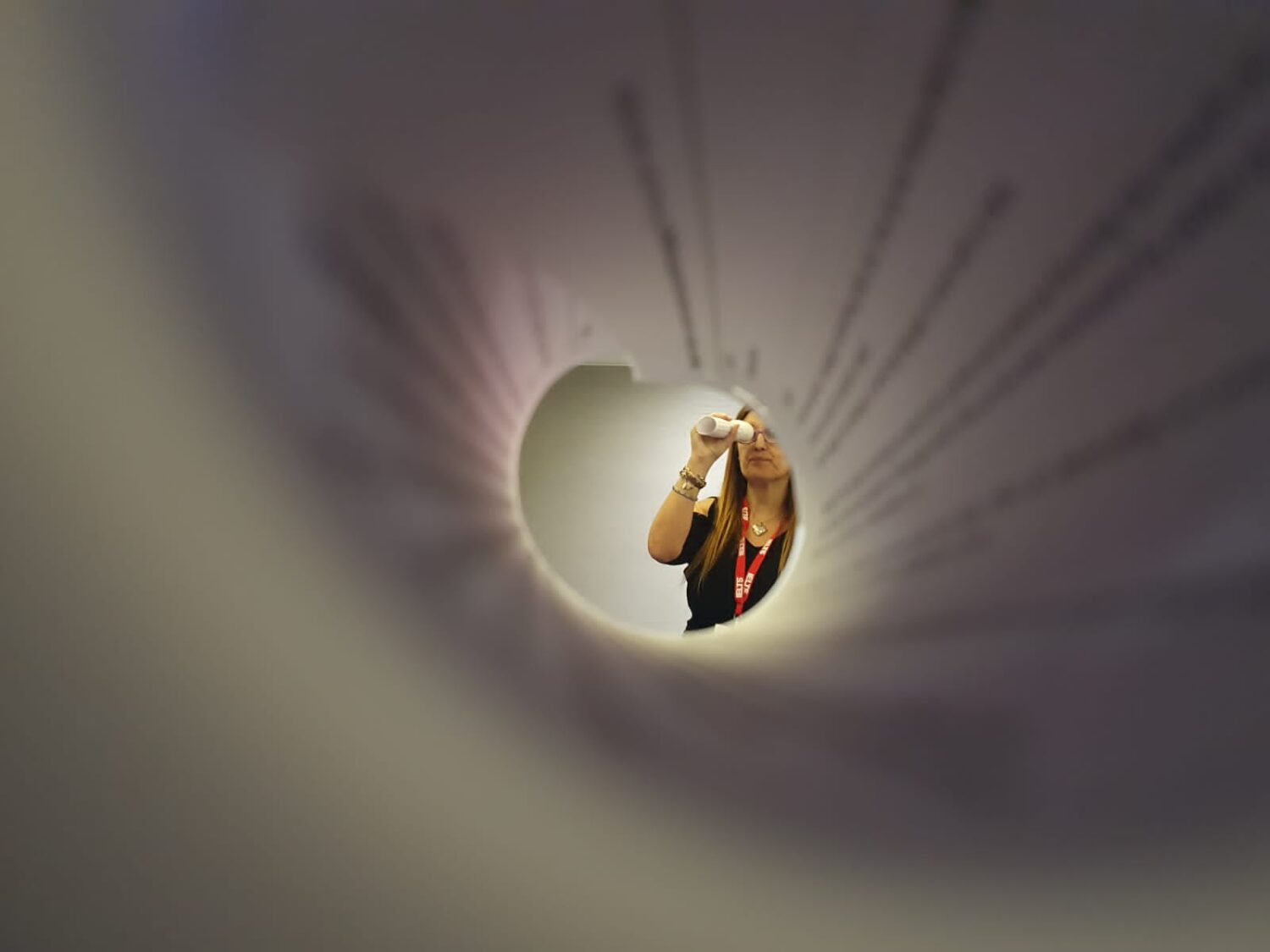
Camera: In this first modelled activity, we were asked to take a piece of paper, to roll it up and then look through it like a lens. A simple, yet surprisingly effective way to raise our awareness of the potential of the movie camera. We first played with our ‘camera’, trying out different shots (long, medium and close-up) and noting differences in focus; then we twisted it to use it for different angles (wide-angle, for example). This fun activity could be used in the YL classroom as a really engaging pair of groupwork activity to search and find something in the classroom, for example, or to practise precise adjectives to describe what we can see, perhaps. Such an activity would also serve to raise students’ awareness of how differing shots and angles can impact on how we perceive something, activating their critical thinking and visual literacy skills – as it did for us.
Colour: The focus in this stage of the workshop was on the colour strip, looking at how colour and tone may change progressively when transitioning from shot to shot, moving from light tones to darker or vice versa. This again might encourage noticing, interpretation and description of colour with more precision, and served to enhance the audience’s perception of colour and its use in film.
Sound: Here, Romina explained the three main sounds in film, namely dialogue, diegetic (visible in the scene) and non-diegetic (not visible in the scene). Even though I am an avid cinema-goer, this was my first foray into the more technical aspects of film-making, and I found this part particularly interesting; as with the initial focus on camera, this was an eye-opener for me. In this activity, we watched an extract from the well-known film Monsters Inc.. As a parent (and teacher), I am very familiar with the film, having watched it repeatedly over a period of 3 of 4 years when my son was little. I was fascinated how I had only really noted the dialogue; how other sound effects are almost subliminal in their messaging, especially the invisible ones, which are those that happen off camera. Yet these sounds are as important as that dialogue to the development of the story, even though some, such as the background music, are not heard by the characters in the film. As such they are key components that work alongside the visual, and are thereby an integral element in visual literacy.
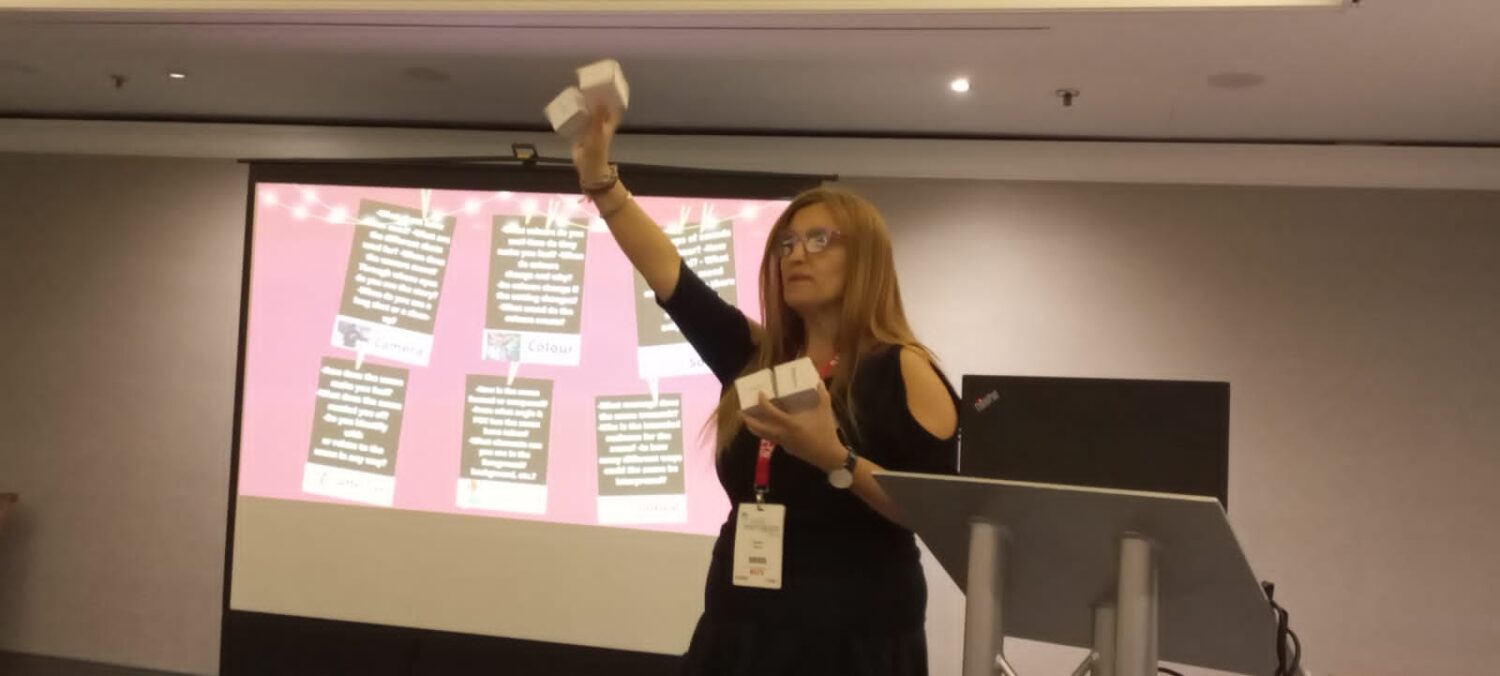
The next main part of the session looked in a little more detail at particular digital literacy skills, and introduced questions which relate to each, namely:
- Affective/perceptual: How does the image make you feel? ; What does the image remind you of ?; Do you identify with or relate to the image in any way? If so, how?
- Compositional/structural : What elements can you see in the foreground/background, etc.? ; From what angle of point of view has the image been taken?; What has been altered, omitted from or included in the image?
- Critical/ideological : What message does the image transmit? ; Who is the intended audience for the image? ; Are any of the images stereotypical, idealised, non-representative or anachronistic?
To consolidate our understanding in the next workshop activity, we then watched a fascinating film short which clearly illustrated how our initial perceptions may be inaccurate, and which was the perfect stimulation for this set of questions. Finally, we had a last opportunity to interact with those around us as we played a card game with dice in small groups. In this, we reviewed the six areas – camera, colour, sound, affective, compositional and critical – by sharing about the film using discussion question prompts on the cards.
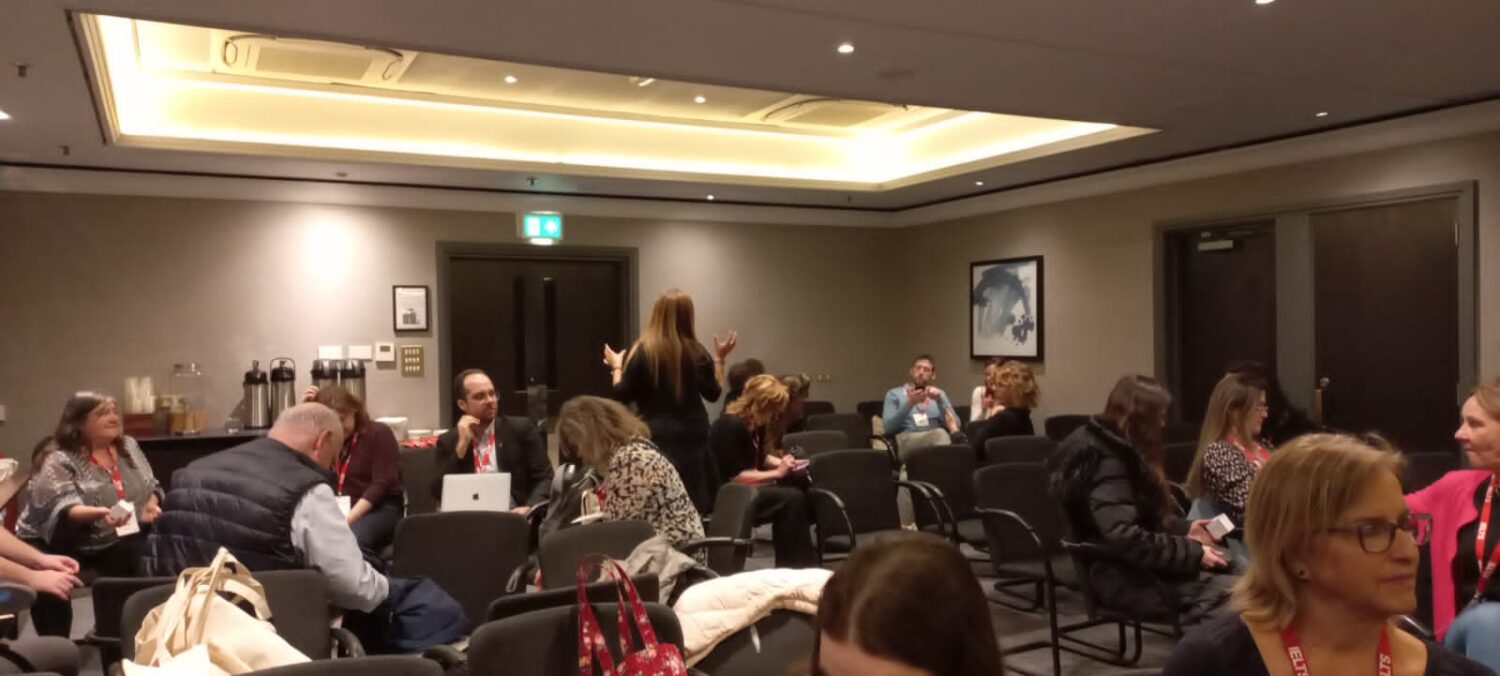
In conclusion, the buzz from the audience showed me that the session was extremely well received. We were participatory, active and were shown, what was for me, a new perspective on film. I felt I had learned a great deal about film making while coming away with chatter in my mind about visual literacy and how crucial is it for children as a 21st century skill as well as plenty of great ideas for film-related activities to support these skills. An added bonus was that it changed me as a cinema-goer, opening my eyes to a much wider view of films: I look forward to developing my learners’ visual literacy skills in the same ways as Romina did for me through modelling classroom activities for young learners and teenagers.

